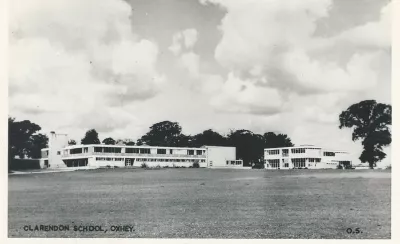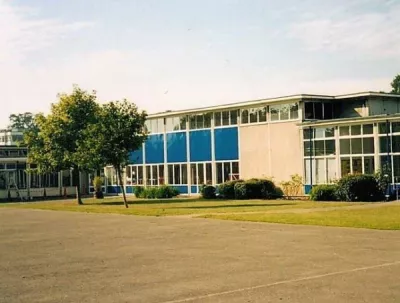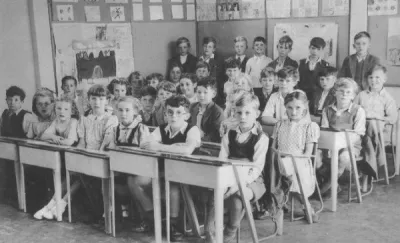South Oxhey
Our new exhibition - and more.
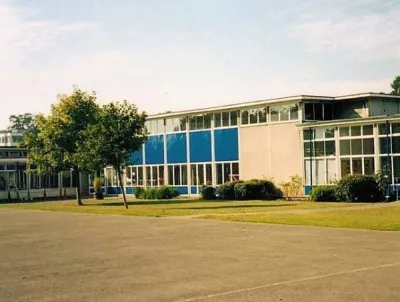
Our new exhibition, with input from the South Oxhey historians Neil Hamilton and David Reidy, has just opened in the museum. It will run for several months, and we hope that people will come and add to it -with their memories and experiences, or their memorabilia. It features maps and pictures, and an audio recording made in 1995 and now edited for this display.
Earlier in the summer of 2023 the Watford Observer published three articles by the museum on the story of South Oxhey, and the (slightly edited) texts are below, along with some of the photos. We're very grateful to David Reidy, whose book Poor but Proud gives the full story of South Oxhey from the words of residents, and Neil Hamilton for their help.
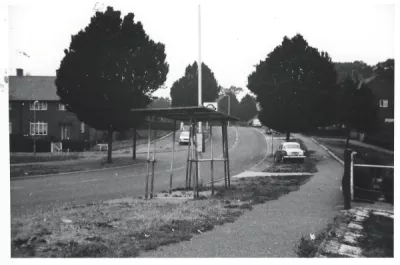
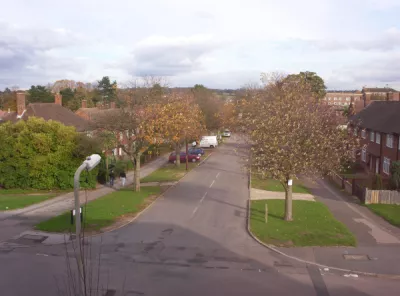
The built environment of Three Rivers - South Oxhey
The museum is especially interested in the ‘built environment’ of our area, and have been looking at modern Three Rivers – specifically, South Oxhey, a wholly post-war development very important to the story of the district and indeed of Watford.
The story of London County Council’s interest in this area as part of its plan to ‘clear’ the East End of its very poor Victorian accommodation started in the 1930s, but the plan was interrupted by WW2. What’s now the South Oxhey estate was built as overspill by the London County Council between 1946 and 1952 on part of a 920 acre site compulsorily purchased from the Blackwell family for £199,500 to house 16,000 Londoners in 3,850 dwellings. New housing was desperately needed, as there had been little investment in repairs of old or the building of new housing during the War.
The estate had had a number of previous owners, including Sir James Altham in the 17th century (his 1612 chapel still stands there) and the bookbinder W.H. Smith in the 19th, so the area was well used to being passed around, and in 1912 a golf course was opened on the edge of the old estate. When the development plans were announced there were a number of local protests over the siting of the estate and the loss of countryside (and the golf course), but works commenced in October 1946. Rubble from the London blitz was used as hardcore on the estate, and the first houses were occupied in November 1947. As a nod to the history of the area, all streets on the new estate were named after golf courses.
Carpenders Park railway station was on the edge of the new estate and was a vital link back into London for those many still working in town. The first bus link into Watford began only in June 1950, so local communications were not good. The central shopping centre was opened in 1952 together with three smaller shopping parades. Other amenities included churches (notably but not only All Saints church and St Joseph’s RC parish), five pubs and a public library. Youngsters were initially schooled in Watford, but eventually eight junior schools and two secondary schools were opened on the estate.
South Oxhey was built for its residents, many of whom were Londoners. London County Council and its successor the Greater London Council continued to manage this new but detached part of London until for over 30 years, but in April 1980 ownership of the estate and its housing stock was transferred from the GLC to Three Rivers District Council. By that time much of the stock was defective and in need of repairs, which have themselves changed the appearance of the estate over the last 40 years. Recent developments have also taken place, with the demolition of the shopping area and the erection of modern, multi-storey blocks of flats, but this article and our photos present South Oxhey as many readers will remember it a few years ago.
Much of the detail of the story of South Oxhey, with reminiscences of the early years, is on the website www.ouroxhey.org.uk.
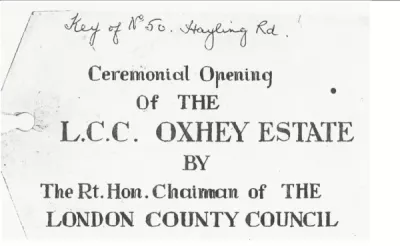
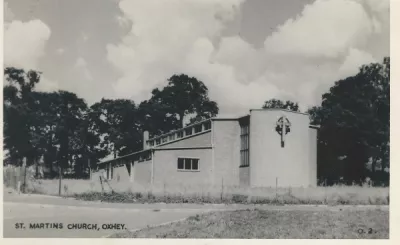
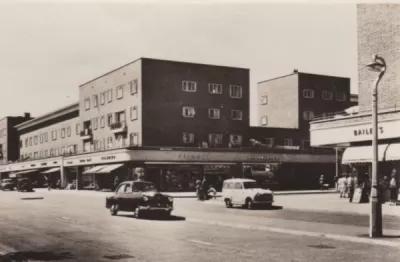
Public Transport around South Oxhey
Bus services in particular had evolved around the existing villages, and radiating from Watford, since the time of WW1, growing with the villages and with the road system. But South Oxhey had risen almost overnight, and special provision was needed, although it was late coming, partly because the roads themselves weren’t ready. David Reidy remembers being walked in the early 1950s, with his brothers, by their mother to Cassiobury Park paddling pool, and back – it was ‘how life was’ for most of the first arrivals.
Residents had been arriving since late 1947, but the first bus service onto the estate, an extension of the existing London Transport 332, didn’t start until in June 1950. Double deckers went to Watford town centre via Woodway and Bushey arches, every 20 minutes at peak times and 30 minutes the rest of the day and on Sundays. By September 1951 estate roads had improved (Hayling Road had been surfaced!) and the 332 was withdrawn, the 346 and 345 taking over the route. The service increased over the following years with more stops on the estate, although timetables referred to the Oxhey Estate rather than South Oxhey until August 1971. In more recent years the bus service has taken residents more directly to surrounding destinations rather than just to Watford.
Because the estate had no secondary schools all the children had to go to Watford or Rickmansworth, and several ‘school specials’, based on the same routes, ran to and from local schools for the exclusive use of pupils, with free passes issued to them. These services too have continued, and generally developed.
The rail services are a story of their own. The nearest station was Bushey, on the LNWR line to Watford, until 1914 when Carpenders Park was opened. But this was just a ‘halt’, with a small wooden platform and very basic facilities provided simply for the convenience of golfers! During the 1920s and 1930s the traffic developed hugely, especially with the St Meryl estate being developed (from 1919 the station was served by the Bakerloo line to Watford, which had opened in 1915), but the station remained largely unchanged – two platforms built of wooden railway sleepers, a small waiting room and a single wooden booking office, with a second provided in 1951 with annual passenger numbers already over two million! A significant number of the residents still went to work in London each day, and the morning crush on the gas-lit station, especially in winter, must have been unpleasant - the waiting room had a coal fire (burning coal gathered from the track by the porter, it seems), but it was small. Work on the new station started in early 1952, and it was opened in September 1954 – a great relief to everyone, but with the fares still costing a significant part of the wages of working people moving here from London.
The infrastructure (as we now call it) of residential life is important, and the early experiences of South Oxhey remind us of the need to consider it very carefully when planning where, and how, people are to live.
Another of David Reidy's books, The History of Carpenders Park Station 1914-2014, provides much more detail.
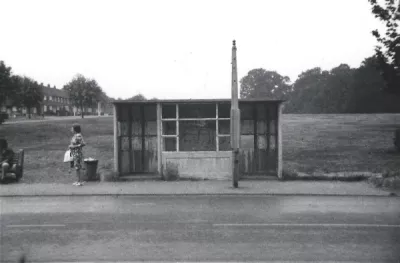
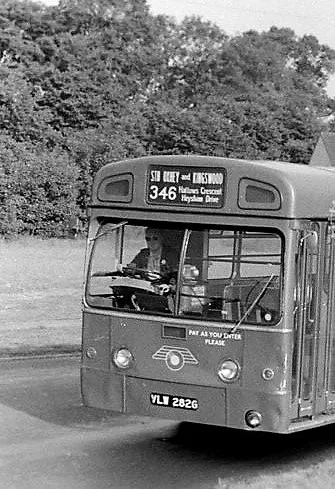
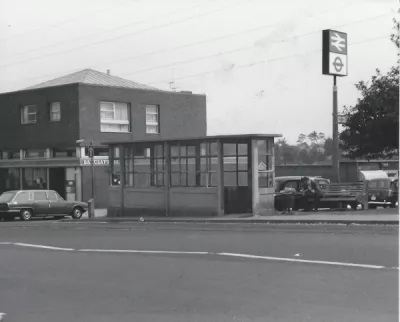
The schools of South Oxhey
South Oxhey had been conceived in the 1930s, but finally arrived in the late 1940s, managed by the London County Council but for all practical purposes part of Watford, to which it added over 15,000 people - many of them childeren of school age.
Families had been moving in from the start – what provision was being made for them?
For a few years they had to go to existing Watford schools – 400 were being ‘bussed’ every day into Watford, where schools were put under great pressure, until Warren Dell Infants and Junior schools, the first on the estate, opened in May 1949. The next primary school to open was Oxhey Wood from May 1950 (official opening June 1951, but put into use as quickly as possible) separated into Juniors and Infants until 1969. It was closely followed by Little Furze, in September 1952. That site had to be extensively levelled, but 600 children were to be provided for. Greenfields Junior and Infants opened in September 1952 (although, again, some of it had been in use earlier), and Woodhall in 1954. The founding of the RC parish in 1952 saw St Joseph’s open a little later, on 5 Sept 1955, completing the intended provision of primary schooling. Little Furze closed at the end of 2004 and there have been other changes, but this generally remains the primary schooling scene.
The first Secondary school was Hampden, again in use in September 1950 well before it was ready. Clarendon followed, opened in September 1951 and completed in 1952. Both schools were ‘co-ed’ Secondary Modern from the start – the pupils for these badly-needed schools had come from hundreds of London schools as the residents had moved to South Oxhey, and just the integration of so many must have been a real problem. Meanwhile, the intended Grammar School couldn’t be found a site, and was eventually built at Rickmansworth, with children in the ‘grammar stream’ taught at Clarendon from September 1953 and joined by others bussed from Croxley Green and Rickmansworth - Watford pupils made their own way - until July 1954.
In 1967 the two schools, faced with falling numbers, combined to form the comprehensive Sir James Altham School, but the continuing decline in numbers in the ageing population of South Oxhey forced it in turn to close in July 1989, with students moving to other schools in the area (Langleybury being one, although not recognisably close to Oxhey – a familiar problem in the story of South Oxhey).
Many readers will have strong personal memories of school days at one or more of these schools. The website www.ouroxhey.org.uk has much more detail, as do the books of David Reidy, which have provided much of this information and are available to buy in the Three Rivers Museum.
